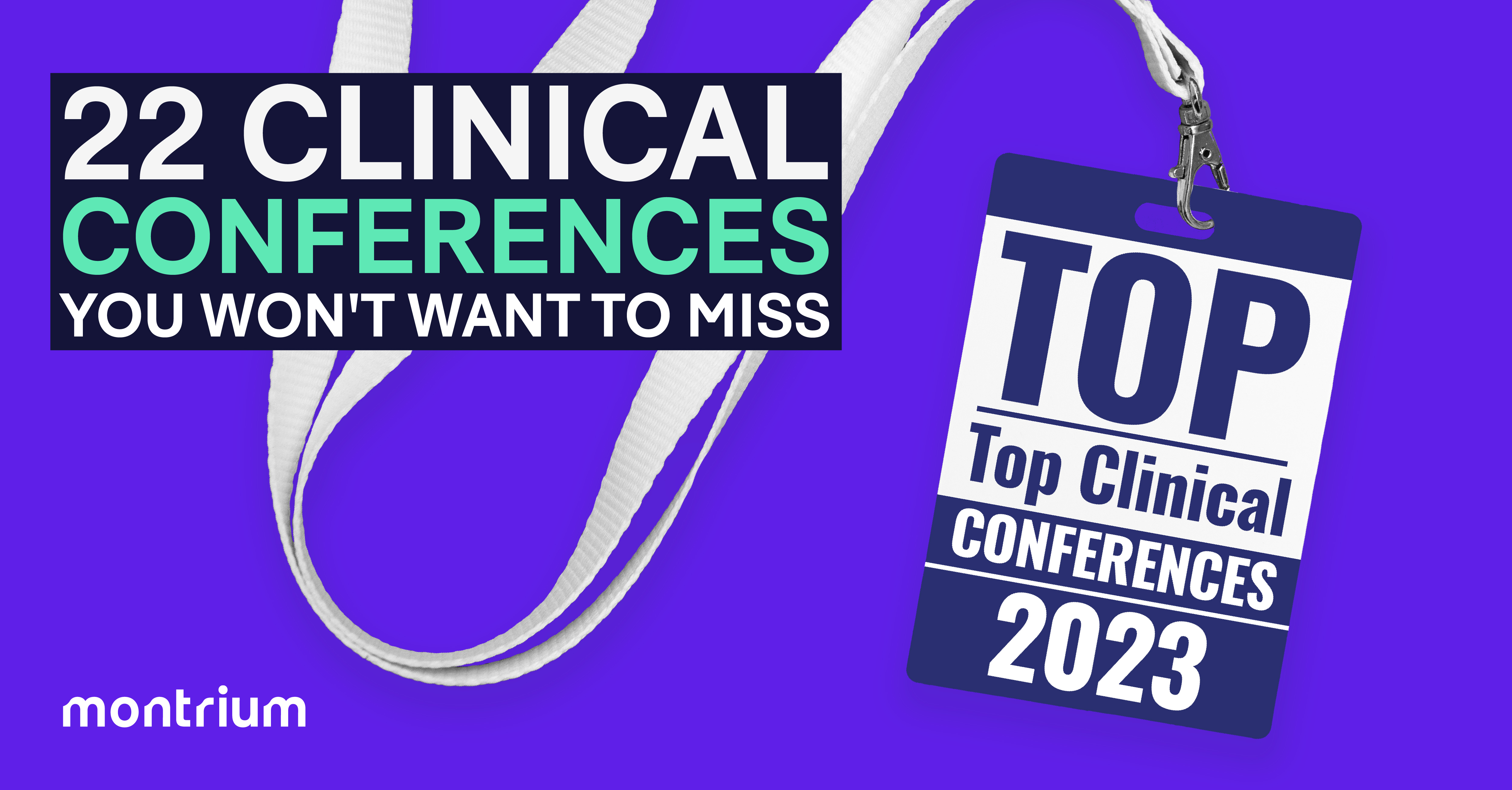
In March 2022, I attended the MHRA Good Clinical Practice Symposium. This entirely virtual event brought together inspectors and speakers from the MHRA, the US FDA, and Health Canada, providing insight into key topics and compliance trends in the areas of Good Clinical Practice (GCP).
First, what is the MHRA? The Medicines and Healthcare products Regulatory Agency is the UK equivalent of the US FDA or Health Canada. It provides regulatory oversight for clinical trials, ensuring that the development of drugs and medical devices is carried out in a safe, compliant manner. Their Good Practice Symposia Week event—which ran from 7 March to 11 March—provided a comprehensive overview of the ever-evolving clinical trials landscape, as well as MHRA Covid-19 response.
As I logged into the delegates’ platform of the event, I mused at how technology has been our social lifeline over the last couple of pandemic years. How nice it is to attend a global symposium in the comfort of my stretch pants and t-shirt! And I was not alone in noticing that the pandemic has transformed our ways of working …
In the opening remarks and keynote address, we were reminded of some of the challenges that the Covid-19 pandemic presented to the clinical trials landscape. Social distancing and health restrictions impacted the ability to conduct protocol-required visits, drug shortages and supply chain issues impacted proper distribution of investigational products, and investigators became unavailable as they responded to urgencies related to the pandemic. In the wake of travel restrictions, inspectors faced new challenges too. Agencies were propelled towards novel approaches to inspections (leading to the emergence of remote interactive evaluations and inspections).
In response to the challenges presented by Covid, we saw the adoption of alternative approaches and advanced technologies used in the conduct of clinical trials. None of these items are new to clinical trial conduct, but the pandemic seemed to have accelerated their uptake.
As we approach post-pandemic times, let’s take a look at a few trends that we should expect to continue.
MHRA GCP UK Symposium: Which trends should you be following?
Clinical trials (remote trial delivery)
Decentralised clinical trials focus on “bringing the trial to the patient”. This made a lot of sense during the pandemic as it was not always feasible to conduct visits at a trial site. We saw an increase in virtual study visits and more home delivery of investigational product to trial participants.
The approach may not be appropriate for all investigational products, such as those that cannot be administered safely at a participant’s home or where the product requires special shipping conditions (cold chain). However, when feasible, we will continue to see elements of decentralised clinical trials where the trial participants are capable of using electronic telemedicine tools in lieu of face-to-face interactions and where the protocol does not require the use of specialised medical equipment or medical procedures. Other tools we will see continuing to help facilitate remote trial delivery include electronic trial master file systems, such as Montrium’s eTMF Connect, which allows for real-time, remote oversight of the progress of the trial.
Centralised (or remote) monitoring
The agencies noticed an increase in the use of centralised (or remote) monitoring during the pandemic. Centralised monitoring is a remote assessment of study data and of the records of study conduct. When supported by an appropriately qualified team (including data scientists and biostatisticians), centralised monitoring will continue to be an effective part of a sponsor’s risk-based monitoring approach.
Use of digital technologies
Tools and technology used for remote assessments and remote monitoring existed before the pandemic and became more prevalent during the pandemic. This includes electronic informed consent documents, use of telemedicine to conduct visits, and the use of digital health technologies (wearables and ePRO devices such as tablets and smart phones) to capture data. As people become more comfortable with digital technologies at large, we will continue to see these tools leveraged in clinical trials.
Modernisation of Compliance and Enforcement
Just as the increased use of digital technologies exemplifies the modernisation of clinical trial conduct, we will see a modernisation in compliance and enforcement. Regulatory agencies recognize that they need to increase regulatory agility that will allow them to react quickly (especially during emergency situations and unpredictable pandemics) while maintaining the same rigorous standards.
Agencies are adjusting their inspection approaches. During the pandemic, agencies learned how to perform remote inspections effectively. We fully expect on-site inspections to resume once possible, but the agencies will continue to conduct remote or even hybrid inspections when feasible. We will also see different types of inspections earlier on in the lifecycle of the clinical trial (such as the Compliance Readiness Inspections performed by Health Canada) and rolling reviews throughout the trial. The increased adoption of electronic trial master file systems, such as Montrium’s eTMF Connect, will aid significantly in the continuation of remote inspections.
One message that was expressed by all the agencies present at the MHRA GCP Symposium is that early engagement (dialogue and communication) with the relevant regulatory authority is encouraged. Regulated parties should willingly reach out to the agency while assessing risks and planning the clinical trial. The intent is to ensure preparedness for the trial and to minimize non-compliance that can put patients at risk or lead to data integrity issues.
Underpinning every clinical trial is the requirement to protect the rights, safety, and welfare of trial participants. While the requirement has not changed, how we get there has. Many of the lessons learnt from the pandemic can carry forward. New methodologies and technologies have changed the clinical trials landscape. If implemented with proper training and appropriate procedures for oversight and controls, these can lead to new efficiencies in the conduct of clinical trials.
If you’re looking to facilitate remote clinical trial execution by implementing an eTMF solution, it’s important to know which features a system should have. Check out our eTMF Buyer’s Guide below 👇

Gianna De Rubertis
Gianna is the Director of the Professional Services team and is responsible for in-house verification projects as well as validation services provided to external clients. She has extensive validation experience, which includes validation of manufacturing equipment, utilities, and computerized systems (including ERP, EDMS, and eSignature solutions). Gianna has also developed a solid understanding of the various regulations which apply to the pharmaceutical, biotech and device industries.








.png)


.png)


.png)

